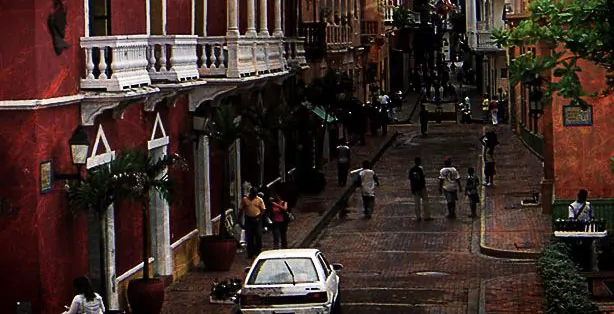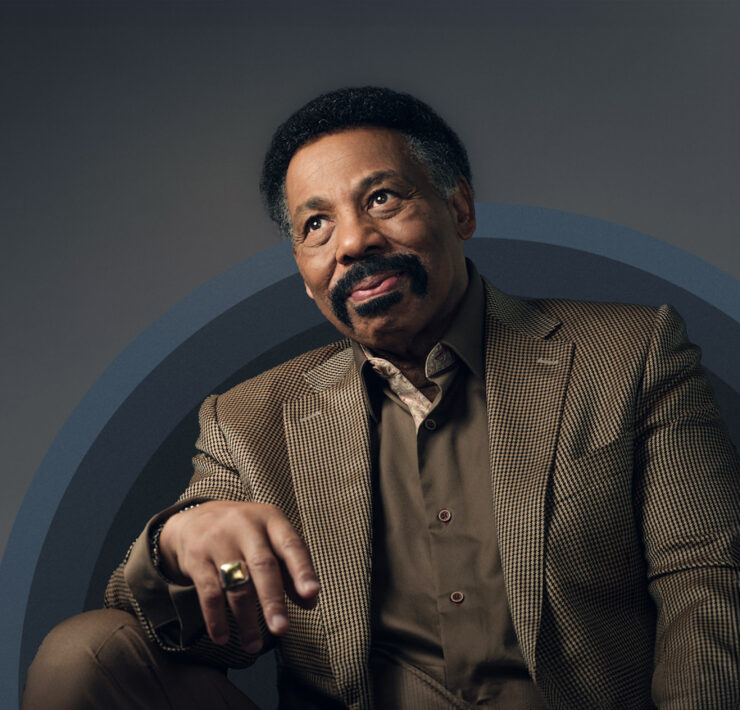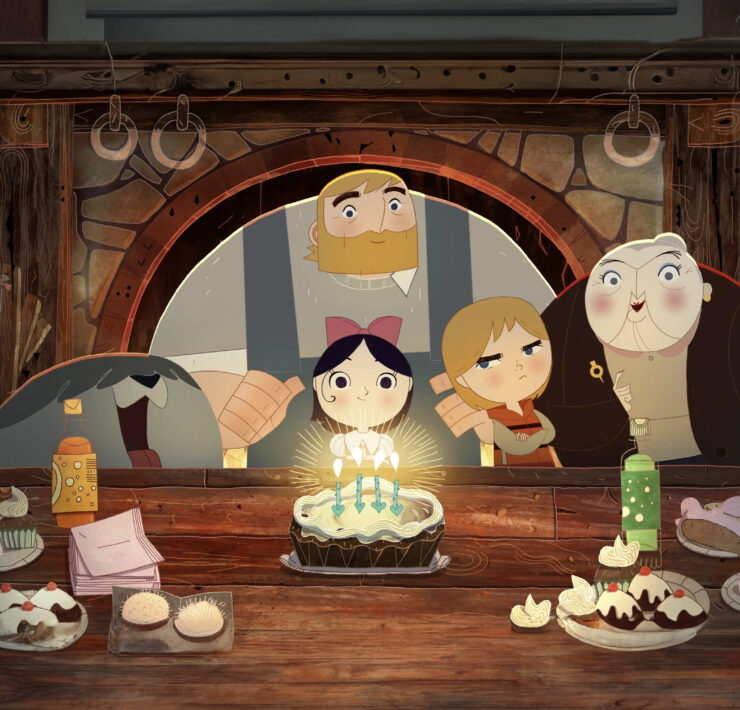There is a young man named Nicholas wearing patched black jeans and a faded ripped T-shirt talking to me with his fingers, a cigarette butt in hand. He alternates between his hands in his pockets and his hands in the air, waving. We are standing outside of the Nordstrom’s at Pioneer Square in downtown Portland. Across the street both tourists and locals sit at Starbucks to sip lattes and read newspapers. To the right of us, an attractive blond couple walks out of Abercrombie and Fitch, carrying two bags of shopping, the store label printed in bold black letters. They wear worn designer jeans and walk to their car, a Cadillac. And besides the two men standing in front of me on the red brick sidewalk, everything is normal, we could be outside of any Nordstrom’s in America.
But if you live in Portland and many other major cities around the U.S., you have seen them. The street kids. They’re homeless and hang signs right near all the places you want to shop.
The signs say:
Homeless and Hungry
Spare Change
Anything helps
So tonight, I am out on the streets of Portland with Wild Hope, a missional community I have been a part of for the last two years that reaches out to street kids. And every night I come out here, I have to ask myself the same question: “What do we do with these kids?”
Nicholas Sebastian has lived on the streets for two years. He’s on the shorter side and in his early 20s. He just had an interview with Abercrombie and Fitch. The store is not his style, but he knows how to play the game. And play it he will, because he really wants to get out. “The economy is hard. I came to Portland looking for a job, and so far it hasn’t panned out,” he says. I pull out a cigarette. He looks at my pack, then back at me, excitedly. Sheepishly, but with honor, he asks, “Do you think, maybe, I could—” I cut him off and hand him one. Two for his friend, Bob. Bob wears a bandanna and holds an empty bag of rolling tobacco. He responds with a smile and a “thanks.” I light my cigarette.
He continues. “I also say hello to people, just trying to be nice but they usually don’t say anything. And I’m kinda like, ‘Man if you ain’t got the common courtesy to at least smile back or say hello and acknowledge me, then what is that!’”
I nod. I blow smoke.
“It’s really a lack of awareness though, ignorance—”
The Cadillac cuts him off. It roars past loud, as noise thunder. The sun is setting on downtown Portland, on the red bricks of Pioneer Square—the people coming out of Nordstrom’s with their bags of shopping. The businessman with the earpiece. The ripped guy who just got out of the gym. An obscure man, on the corner, flying the smallest kite I have ever seen—maybe four inches. The girl in front of us who is dressed in black and whose apparel probably costs more than a month’s rent for me.
“—the sad thing is that people don’t even realize that when they ignore me, they are really ignoring themselves, because I am that thing inside of them that they have not dealt with. They’re ignorant because they don’t understand.
“We’re all connected like that. Me, you, this flower right here. … Sorry I’m kinda ranting right now. You’ll have to forgive me.” I say it’s fine. “Thanks for listening though.” I say no problem.
It is estimated that between 1.6 and 2.8 million youth run away in America each year. Outside In, a nonprofit youth services program in downtown Portland, estimates 2,000 of these youths end up in Portland. Many people have varying assumptions of why these youth live on the streets. Laziness and drug use are the common assumptions, but the answer does not seem to be as black and white as we might like it to be.
Outside In reports 90 percent of the youth who come in report some form of violence in their homes, with 36 percent of girls reporting a history of sexual abuse. One segment of this group consists of sexual minorities. This LGBT community accounts for approximately 30 percent of the homeless youth population.
They have names like Dumpster.
Mouse.
Havoc.
Chaos.
Spike.
These are the street kids who stay out here, night after night. In rain, in snow. At the elements’ mercy. And somehow some of us think we are disconnected from them. Better than them. Because we have jobs. Because we have money.
But could it be that maybe we are not just here to help them? That maybe they are here to help us? That perhaps they remind us of what is really important? That 9-5 jobs and a house filled with stuff is nothing compared to the beauty of the open road? The freedom of the job you hate and mortgage you have to pay will not allow. The loyalty of a group of people who understand you in ways no government can hope to imagine.
By the end of this article I was hoping to come up with an answer for just what exactly to do with these people. But I don’t know if it’s as easy as that. I think the best thing, and what many of these kids have told us, could be summed up in a word: empathy. Because though these people may be drug addicts, panhandlers and criminals, they are still people and to dehumanize them will affect not only them, but you and I. They are fellow humans and sufferers of the human condition. They are lonely like you and I. They are frustrated like you and I. They are searching like you and I. And so I had to ask myself the question, “Am I really so different?” Because I have a house and an education does that make me better, more “together” than them? And I think that if we are going to be involved in any part of the solution, we have to first realize that we are not so different. Only then can we have the humility to approach them and ask if they need any socks.





















